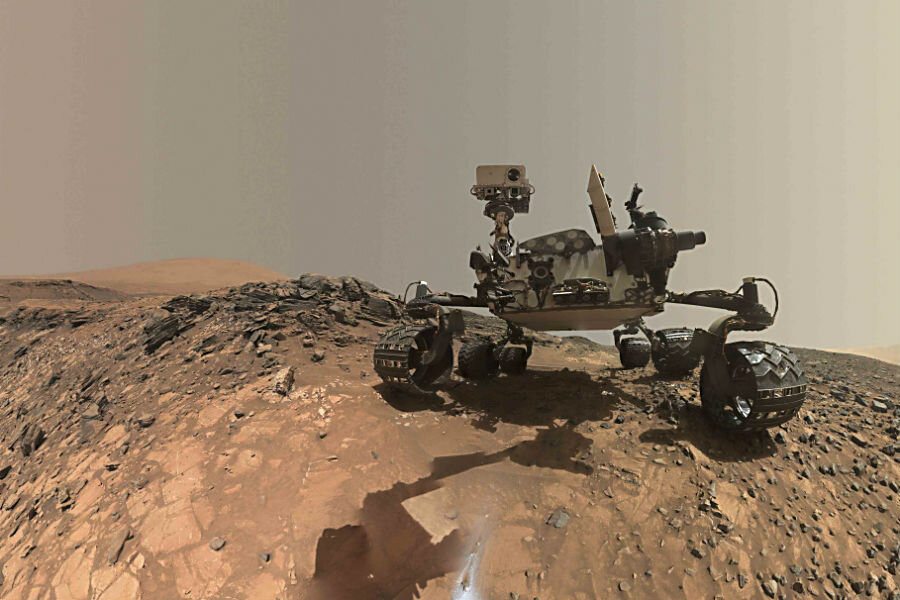The seasons on Mars: NASA's Curiosity rover paints a picture
Loading...
NASA’s Curiosity rover completed its second Martian year - 687 Earth days - on May 11, meaning that its instruments have now tasted the red planet’s tendencies for two full orbits of the sun.
This allows scientists to begin separating unique events from those that recur year by year, laying the foundation for an understanding of seasonal variations in a host of different characteristics.
The fresh insights come at a time when talk of a manned mission to Mars is edging away from the arena of science fiction and towards the realm of human endeavor.
"Curiosity's weather station has made measurements nearly every hour of every day, more than 34 million so far," said Curiosity Project Scientist Ashwin Vasavada of NASA's Jet Propulsion Laboratory, Pasadena, Calif. "The duration is important, because it's the second time through the seasons that lets us see repeated patterns."
So, what have they discovered?
First, despite the fact that both Earth and Mars share a similar tilt on their axis, thereby instituting their annual rhythm of seasons, there are significant differences.
Take temperature. Because of how thin the Martian atmosphere is when compared with our own, even when daytime temperatures crawl above freezing at Gale Crater (Curiosity’s landing spot), they tumble overnight to -130 F or lower.
Additionally, Mars’s orbit is more elliptical than Earth’s, meaning that its southern hemisphere has more exaggerated seasons.
"Mars is much drier than our planet, and in particular Gale Crater, near the equator, is a very dry place on Mars," said Germán Martínez, a Curiosity science-team collaborator from Spain at the University of Michigan, Ann Arbor, in a NASA press release. "The water vapor content is a thousand to 10 thousand times less than on Earth."
In spite of that, because humidity is a function of temperature as well as water vapor content, Curiosity has seen relative humidity as high as 70 percent, prompting researchers to scour the ground for frost. While Curiosity’s team has yet to find any, previous Mars landers have.
Another major difference between seasonal fluctuations on the red planet and our own is that each annual cycle on the former brings about substantial changes in atmospheric pressure - as much as 25 percent. This shift is precipitated by the dominant component of the Martian atmosphere, carbon dioxide.
As each pole sinks into winter, millions of tonnes of this gas freeze, stripping it from the atmosphere; in spring, the warmer temperatures bring about a thaw, carbon dioxide springs back into its gaseous state, and the atmospheric pressure recovers.
Conversely, the Curiosity team is inclined to believe that a massive spike in methane detected by the rover for several weeks during its first autumn in Gale Crater - but not repeated this second year - was an anomaly, rather than a seasonal variation.
The rover is not alone in seeking to better understand its adopted planet. Back here on Earth, the Commission on Planetary Cartography launched a competition in April for the design of a Mars Exploration Zone Map.
The challenge comes just two months after the British cartographic company, Ordnance Survey, ventured off-planet for the first time and designed a map of Mars in its iconic style, as The Christian Science Monitor’s Lonnie Shekhtman reported.
And when will we finally set foot on the red planet, to make use of these Martian maps and all the understanding our army of rovers is developing? According to NASA, we’ll be stopping by an asteroid by 2025, and then on to Mars the following decade.








